Stand-up comedian Sukh Ojla, who has performed on such TV shows as The Big Asian Stand-Up Show (BBC Two), Comedy Guide to Life (Dave), Jonathan Ross’ Comedy Club (ITV), Comedy Central Live, and features in Sky’s Dating No Filter, is gearing up for her next show Hot Aunty Summer.
When asked about the show, she tells a publication, “Turning 40, not having hit any of the milestones that I thought I would have hit at this point – getting married, having a baby, owning a house, owning a really nice set of towels from John Lewis. I grew up in a culture where aunties are women who are not related to you but basically friends of your mum or any woman a similar age to your mum. I grew up being massively criticised by these women who were not very positive role models at all.”
She further said, “Even now, young people say, “Oh, she’s such an aunty.” It’s a bit of an insult. And I’m trying to reclaim that word because I am now the age they were. I thought aunties were 150 … but no, they were just in their late 30s. The show is a bit of a manifesto and call to arms about how the aunties of this generation, even if we don’t have kids of our own, can be a really positive driving force for the next generation. I’ve made it sound like a Ted Talk. It’s not. There’ll be funny bits in it.”
Ask her if she has any preshow rituals, Ojla says, “If I don’t have a preshow poo, I don’t have a good show. I also like to get to a venue about an hour and a half early and do a full vocal and physical warmup as if I’m doing a play. Whereas other comedians often stroll in five minutes before their showtime with a pint in their hand, I am there doing full-on tongue twisters and breathing exercises. And then there’ll always come a moment, where for about a minute, I really kick myself for not listening to my mum and getting a job at HSBC when I was 21.”
Hot Aunty Summer is scheduled at Soho Theatre, London, 9-11 May.






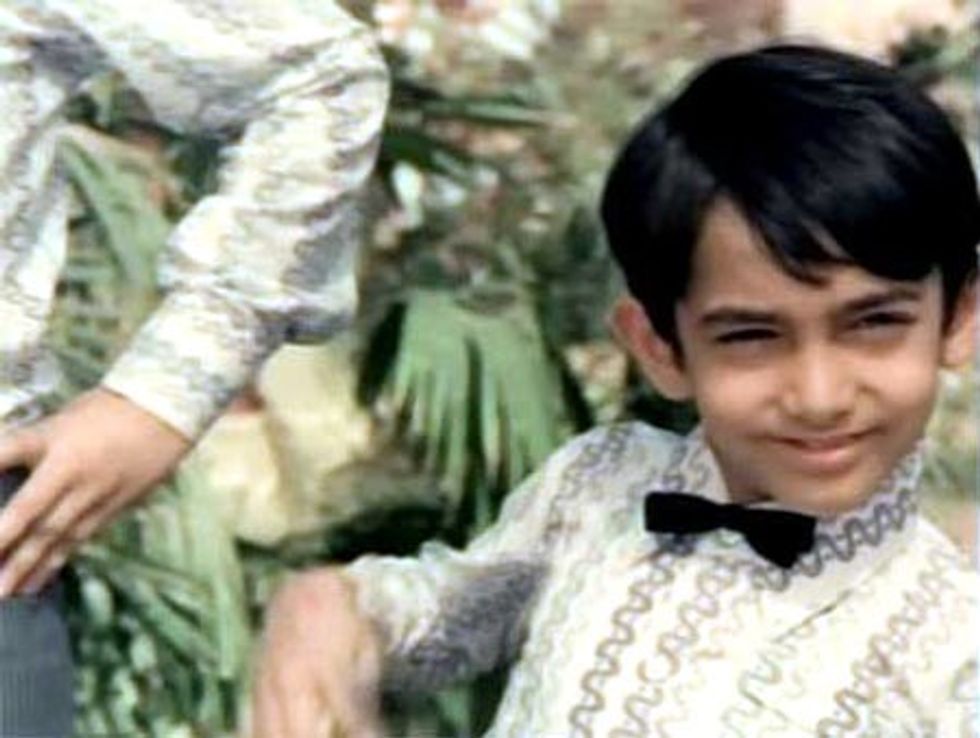 The actor’s evolving style from youth to maturity getty images
The actor’s evolving style from youth to maturity getty images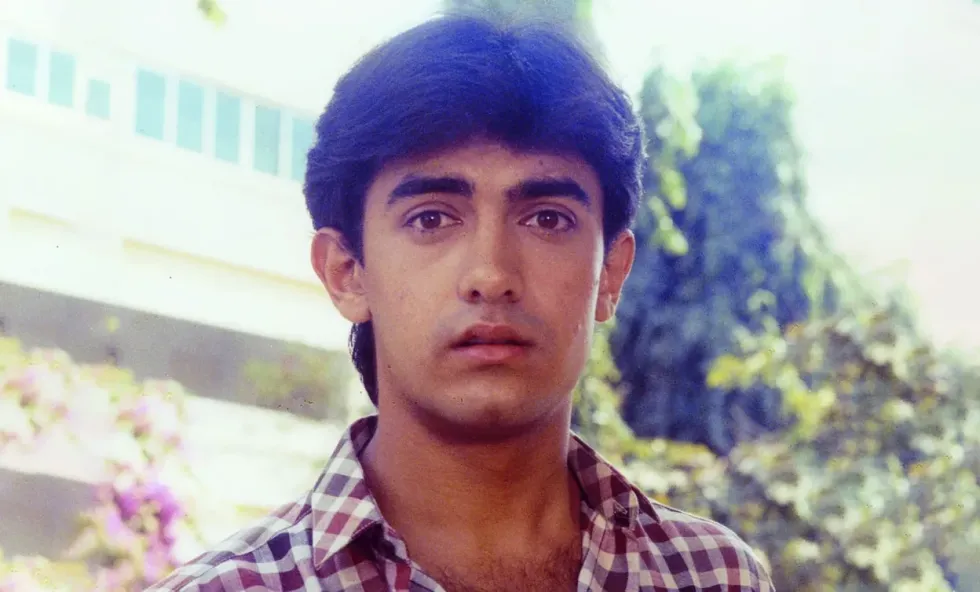 Aamir Khan embracing vintage looks with classic charmgetty images
Aamir Khan embracing vintage looks with classic charmgetty images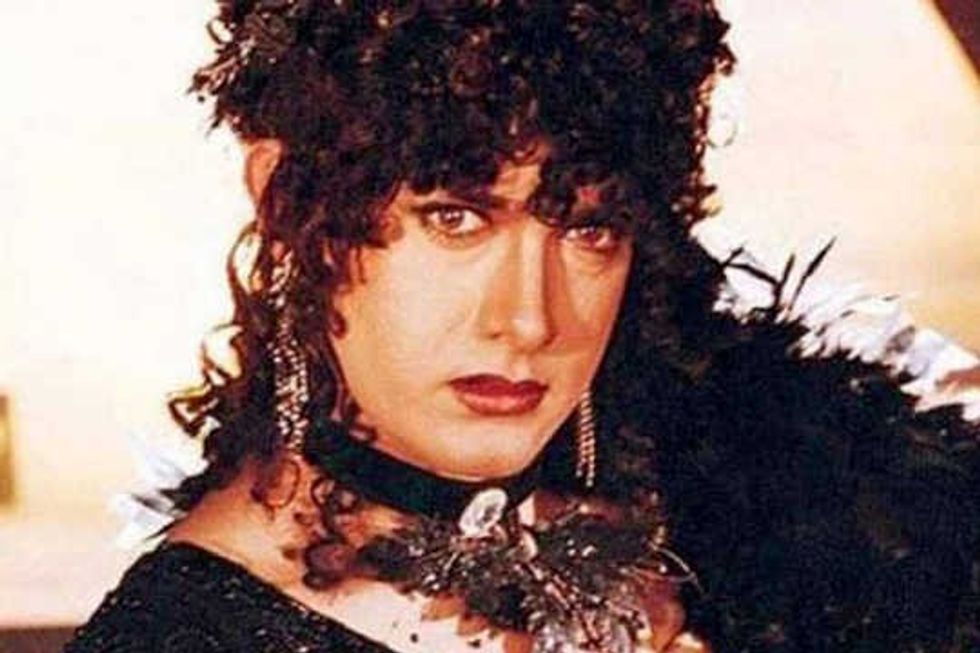 Bold and dramatic changes defining Aamir Khan’s careergetty images
Bold and dramatic changes defining Aamir Khan’s careergetty images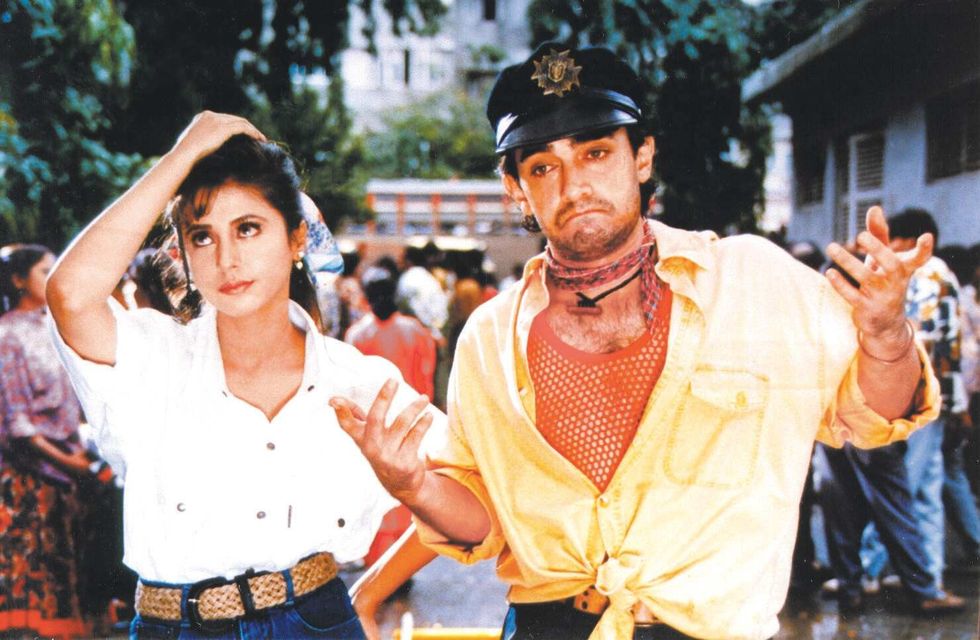 From rugged to refined Aamir Khan’s versatile appearancesgetty images
From rugged to refined Aamir Khan’s versatile appearancesgetty images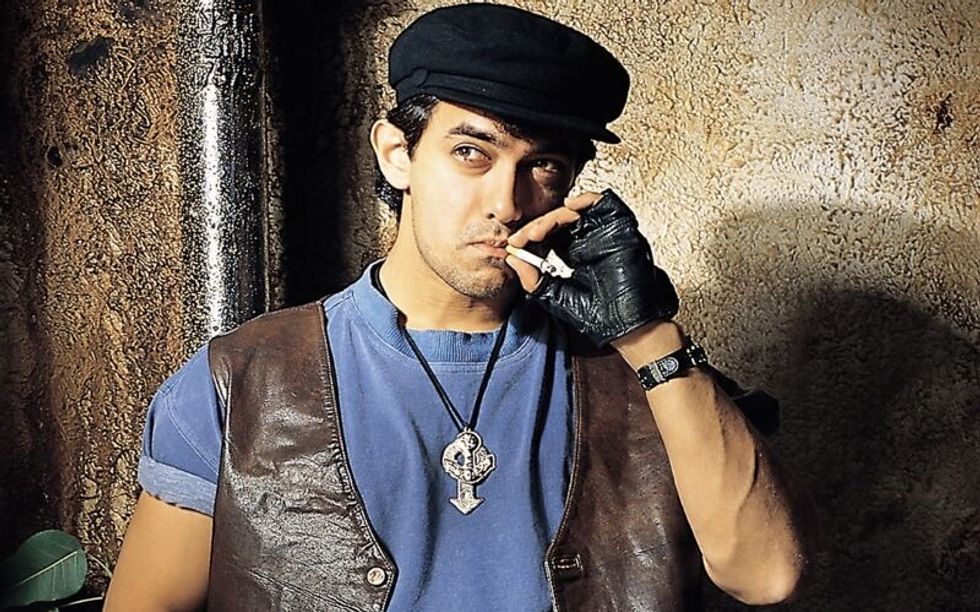 Memorable film moments showcasing Aamir Khan’s unique stylegetty images
Memorable film moments showcasing Aamir Khan’s unique stylegetty images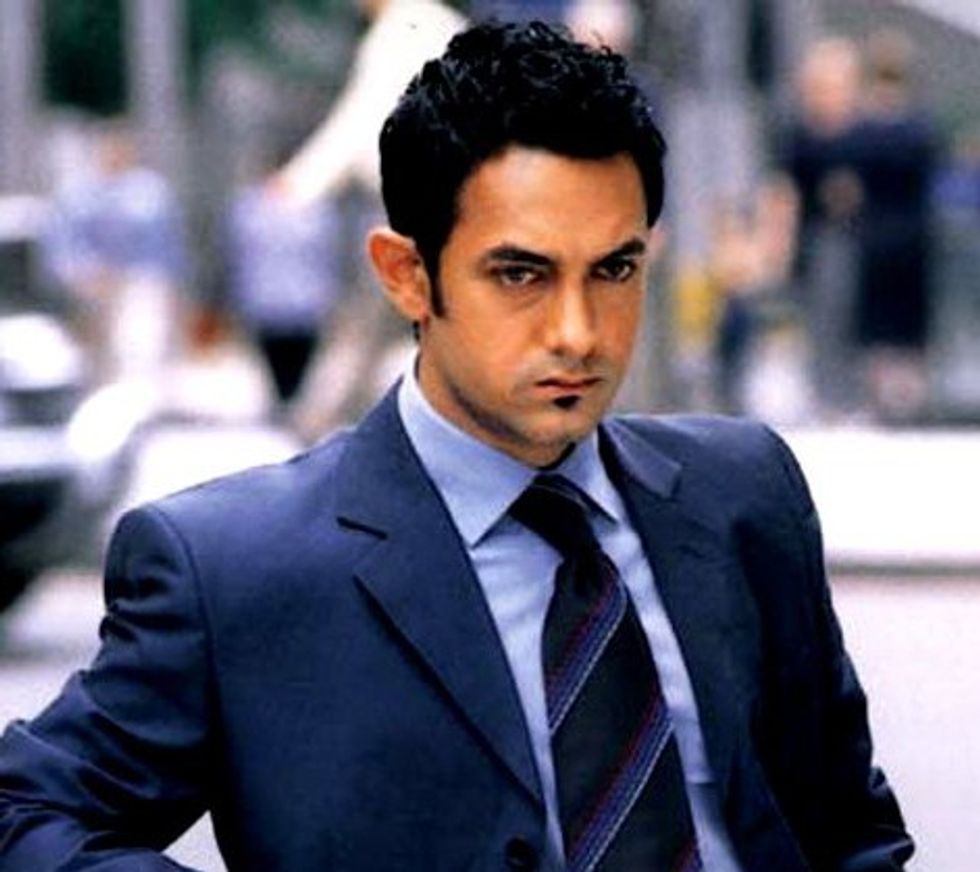 Aamir Khan’s blend of classic and contemporary fashiongetty images
Aamir Khan’s blend of classic and contemporary fashiongetty images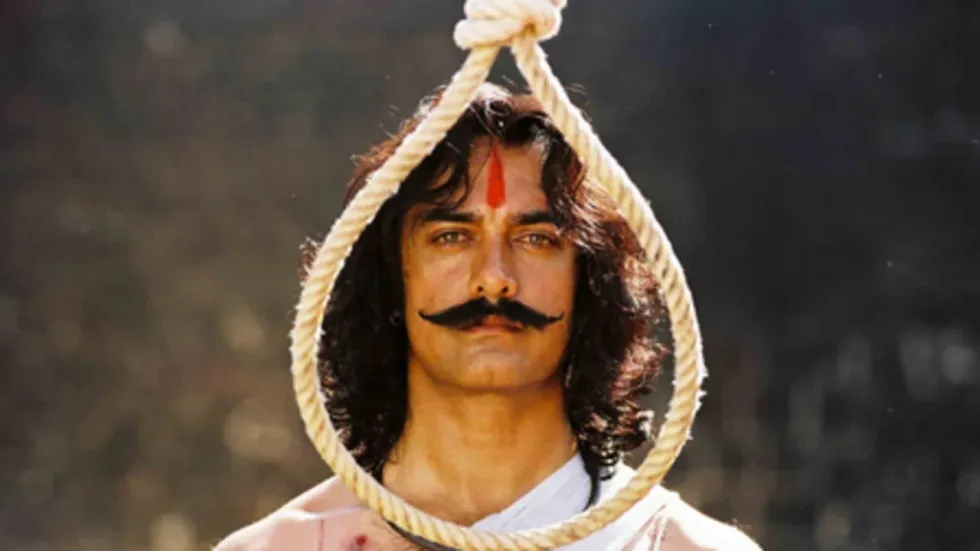 Aamir Khan’s dedication to authentic character portrayals getty images
Aamir Khan’s dedication to authentic character portrayals getty images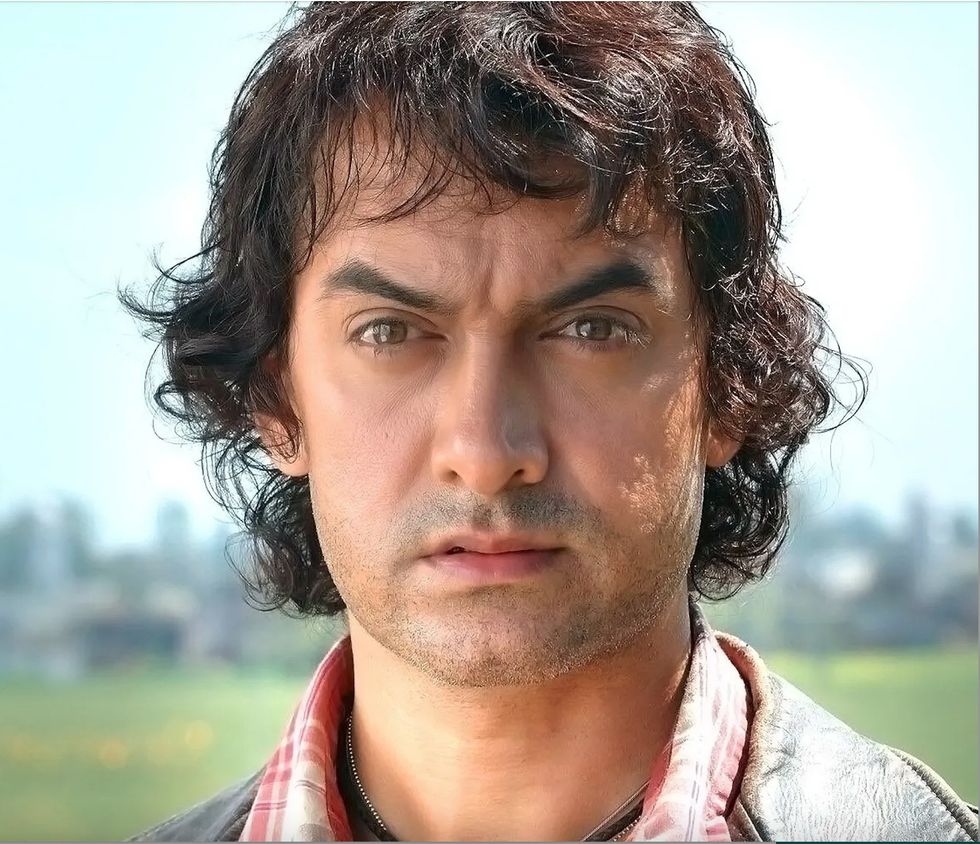 Cinematic milestones reflected in Aamir Khan’s on-screen imagegetty images
Cinematic milestones reflected in Aamir Khan’s on-screen imagegetty images




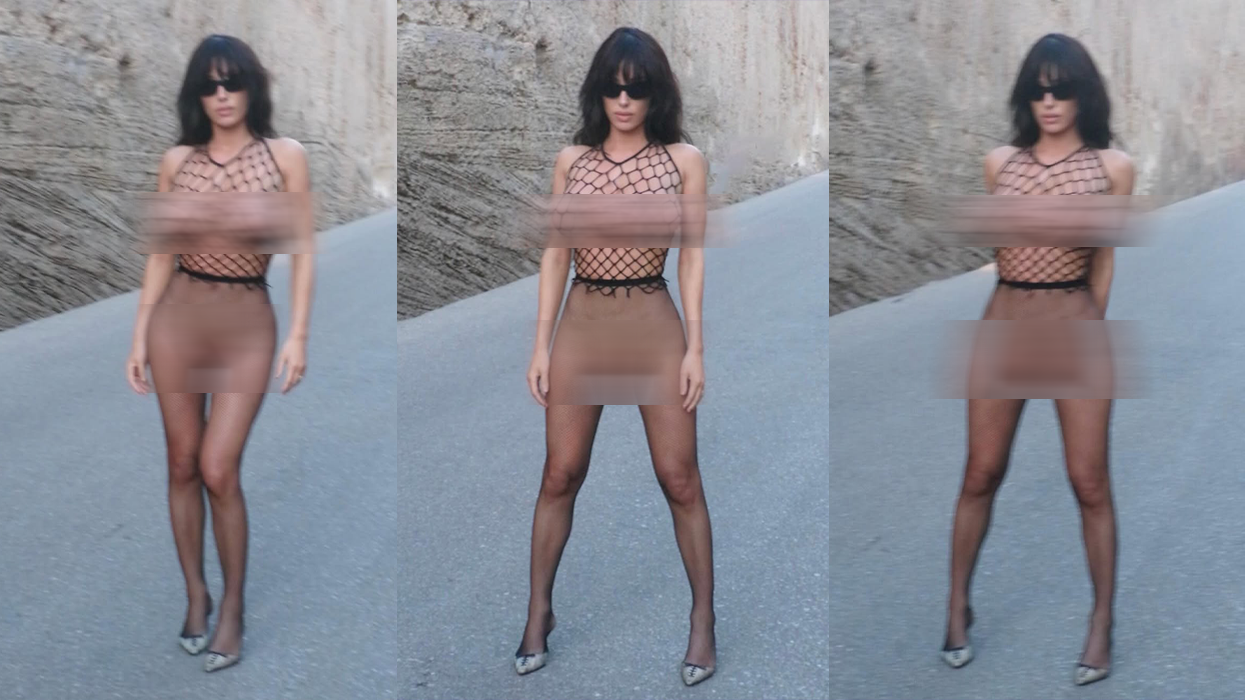



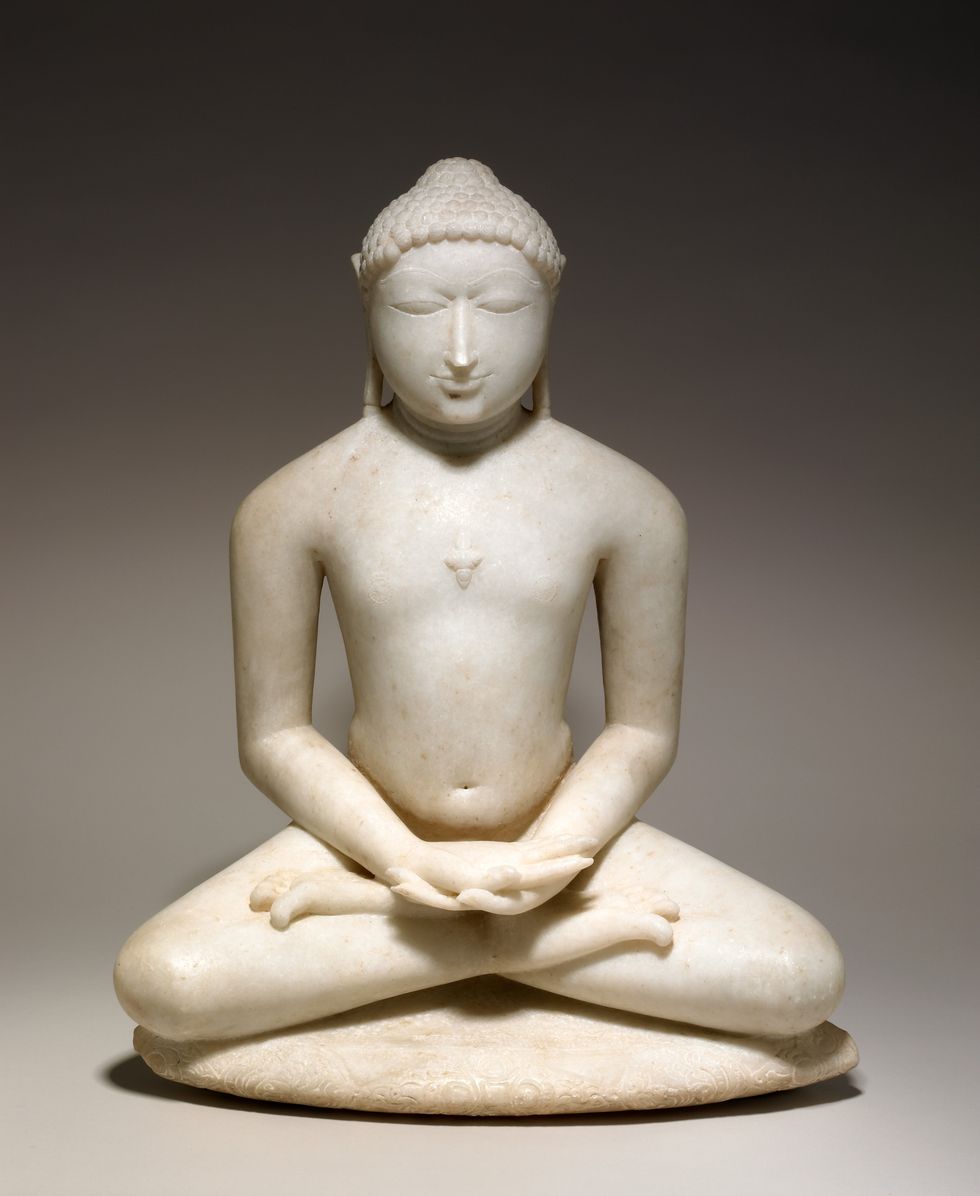 A seated Jain enlightened teacherAshmolean Museum, University of Oxford
A seated Jain enlightened teacherAshmolean Museum, University of Oxford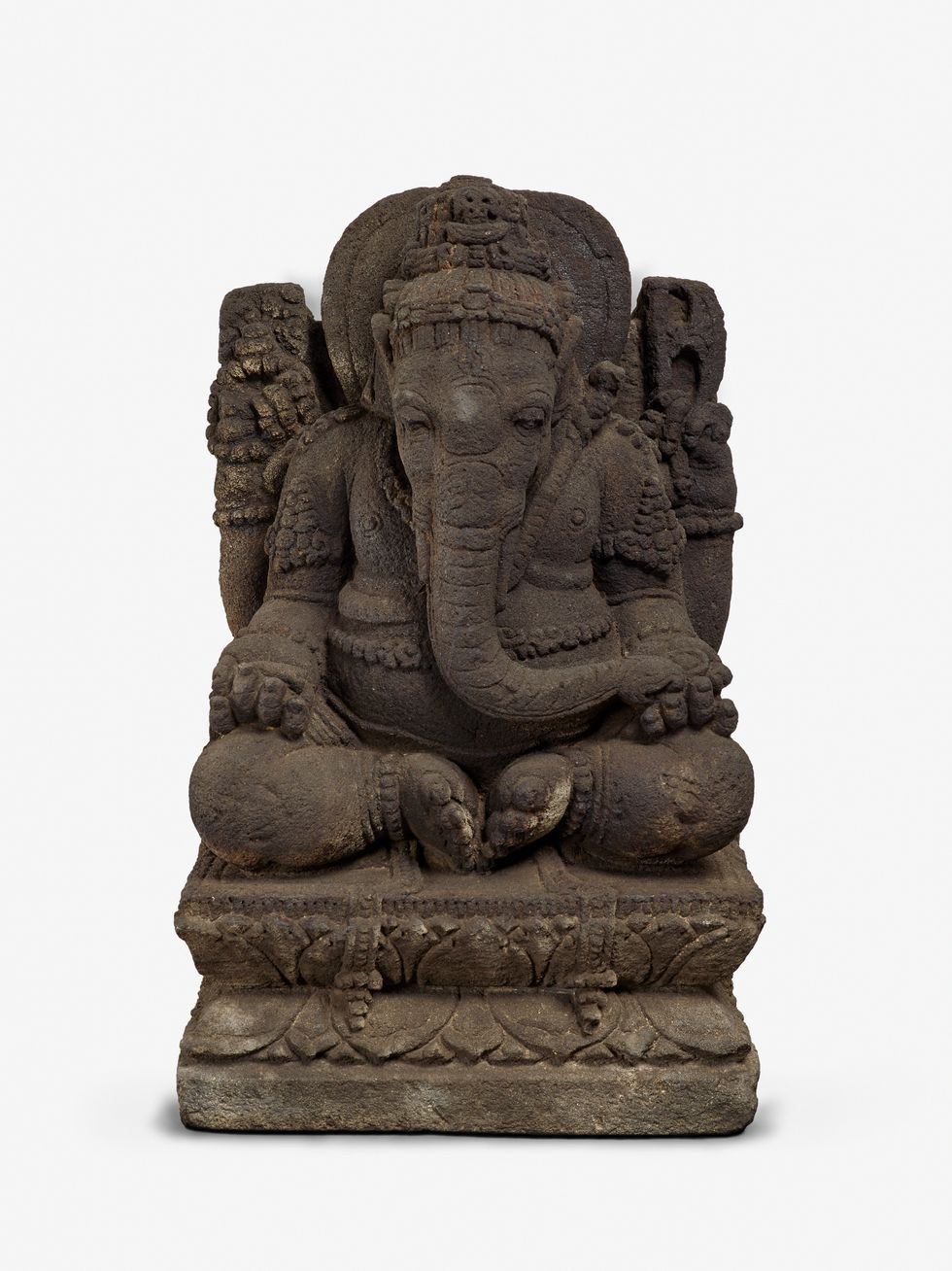 Ganesha from JavaAshmolean Museum, University of Oxford
Ganesha from JavaAshmolean Museum, University of Oxford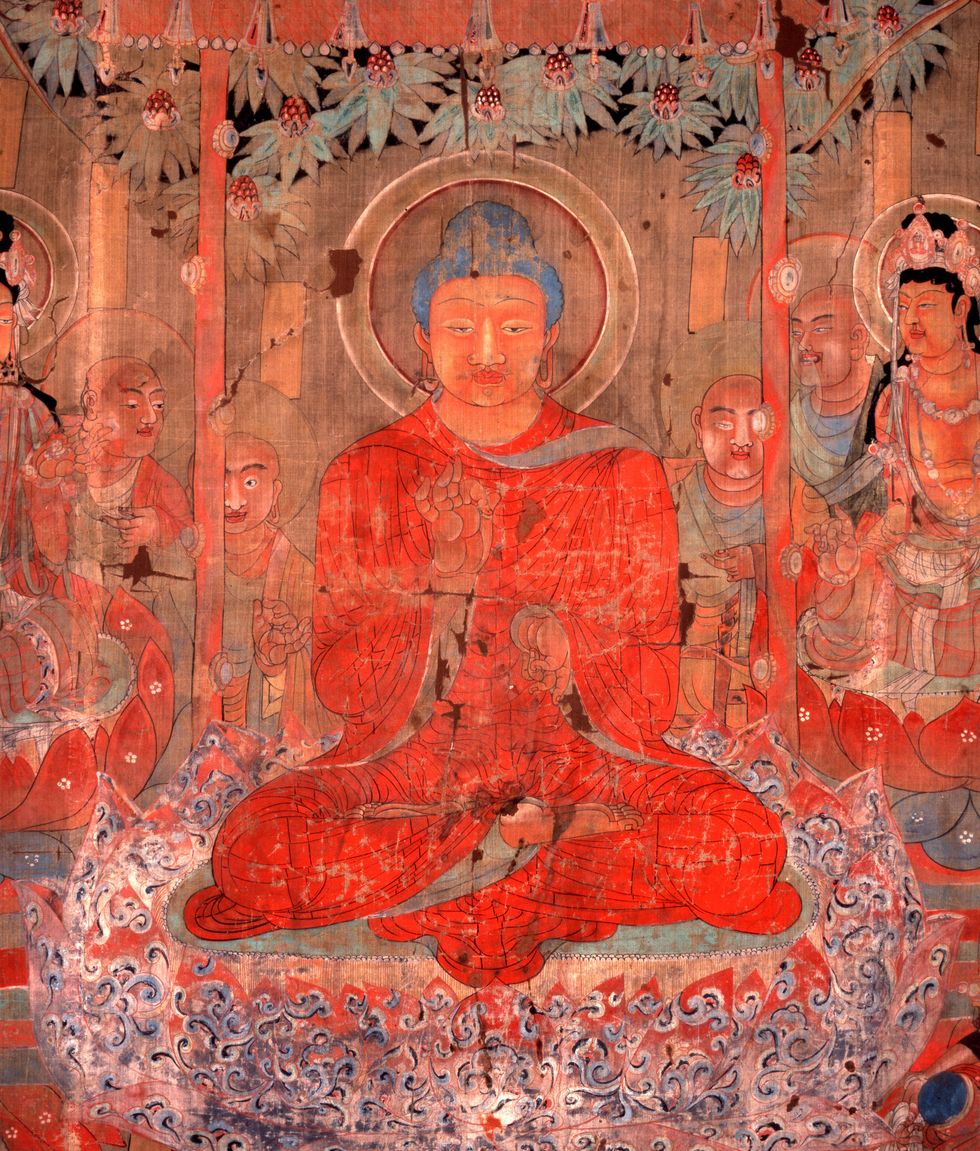 A Chinese silk painting depicting the BuddhaAshmolean Museum, University of Oxford
A Chinese silk painting depicting the BuddhaAshmolean Museum, University of Oxford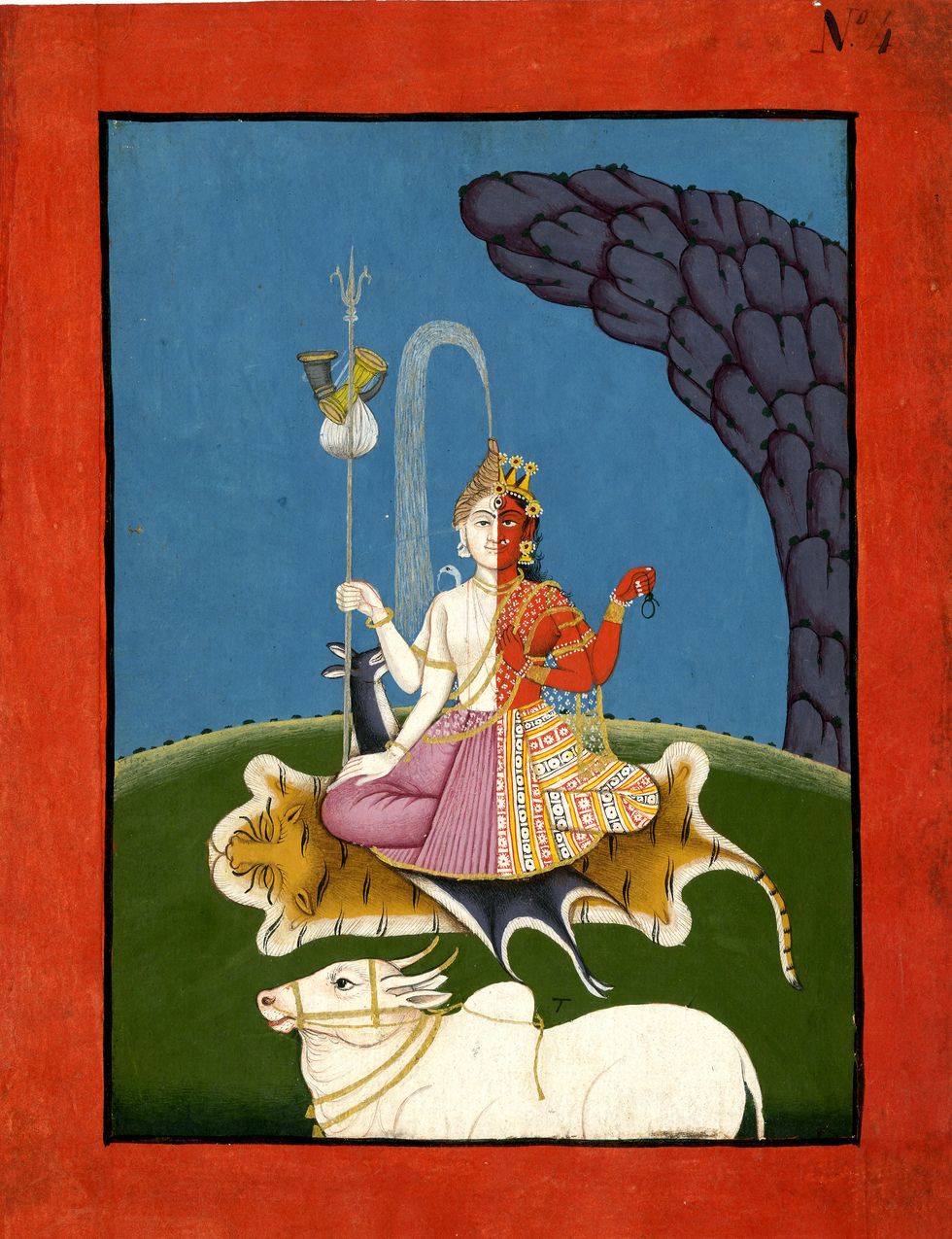 ArdhanarishvaraAshmolean Museum, University of Oxford
ArdhanarishvaraAshmolean Museum, University of Oxford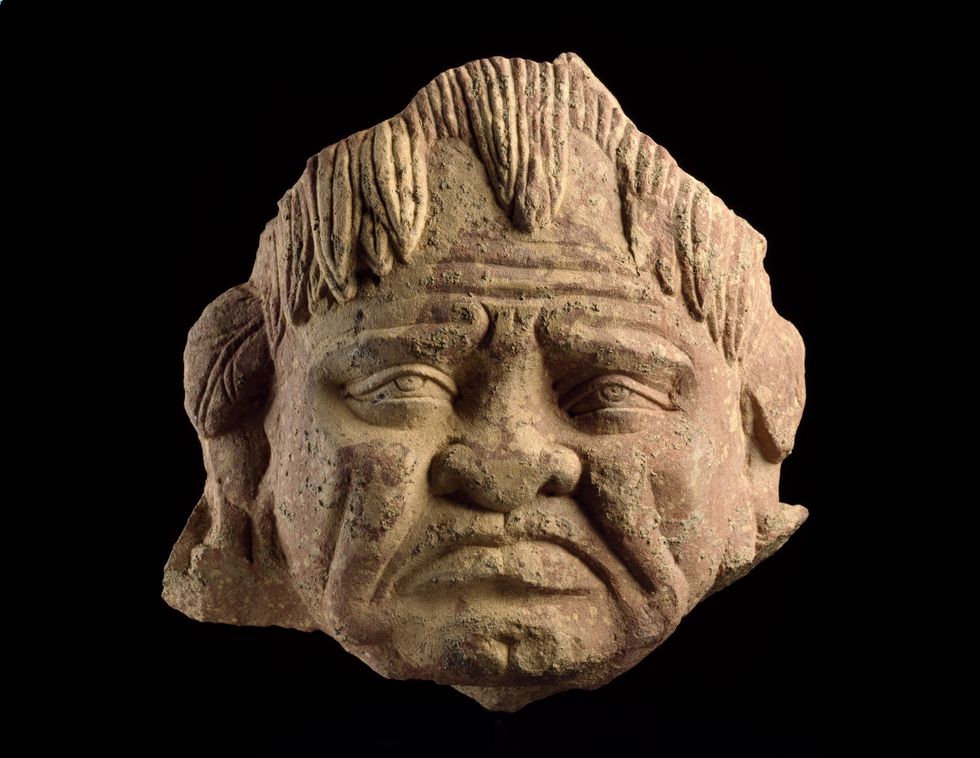 Head of a grimacing yakshaAshmolean Museum, University of Oxford
Head of a grimacing yakshaAshmolean Museum, University of Oxford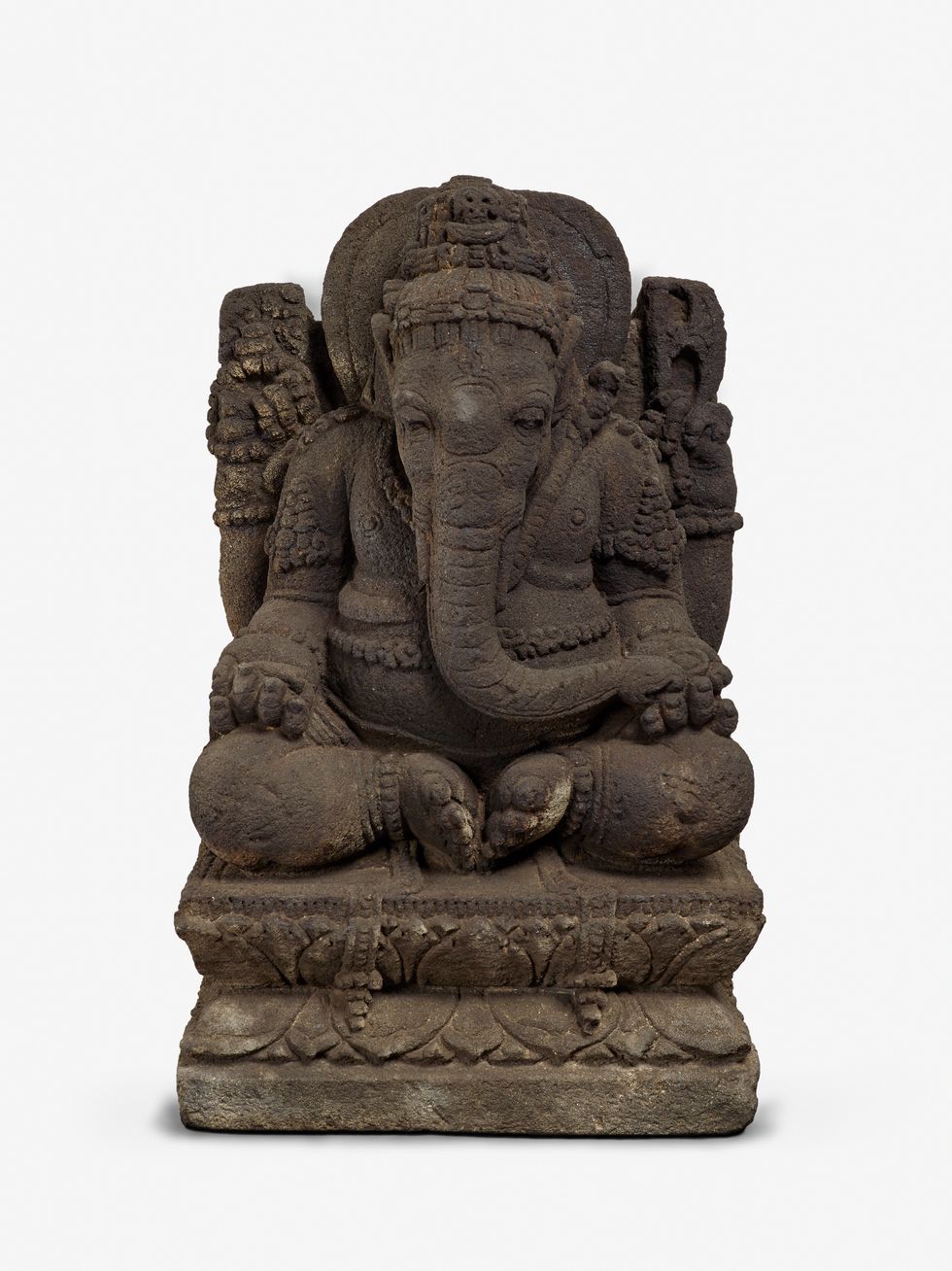 NagaAshmolean Museum, University of Oxford
NagaAshmolean Museum, University of Oxford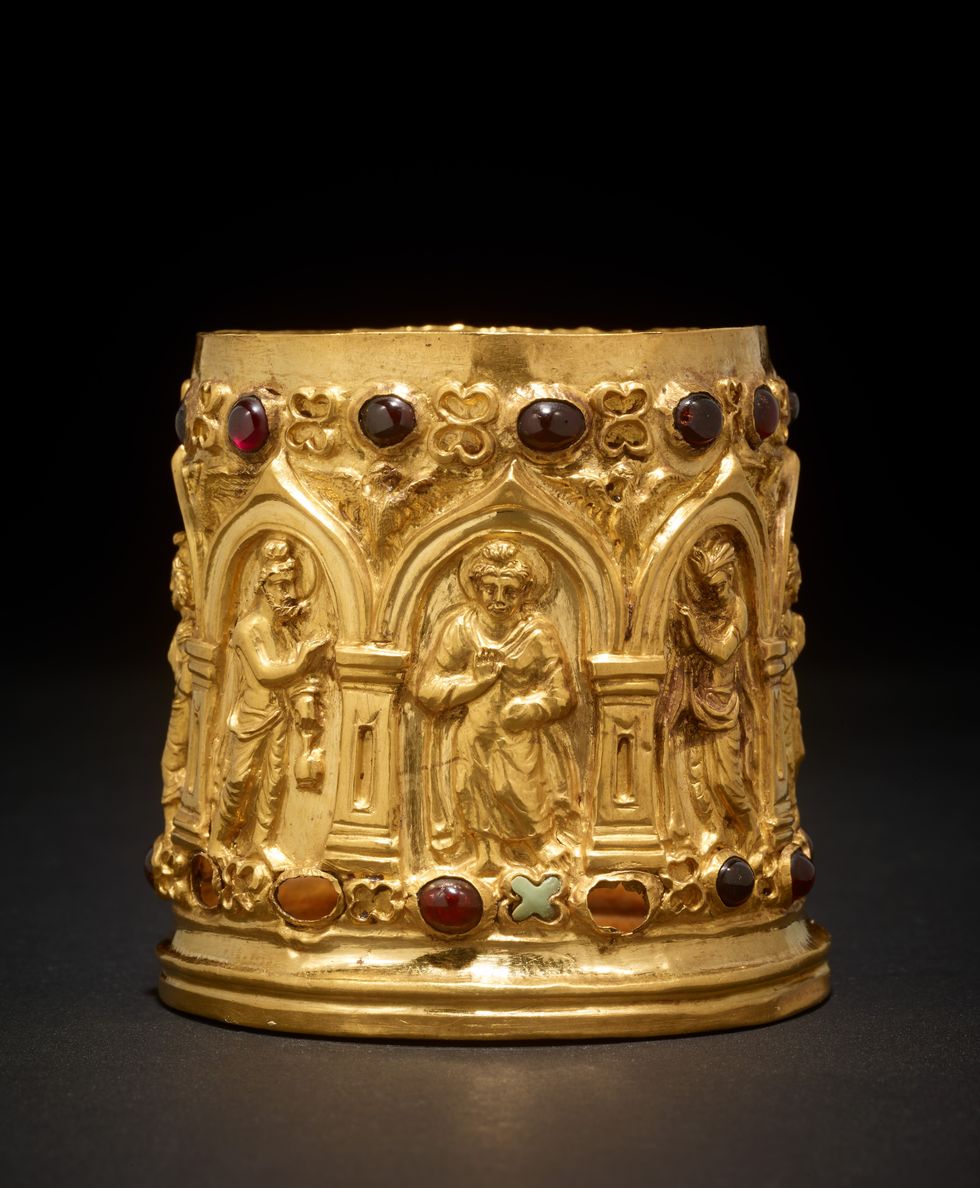 The Bimaran casketAshmolean Museum, University of Oxford
The Bimaran casketAshmolean Museum, University of Oxford
 Hunia Chawla
Hunia Chawla A still from rehearsal
A still from rehearsal
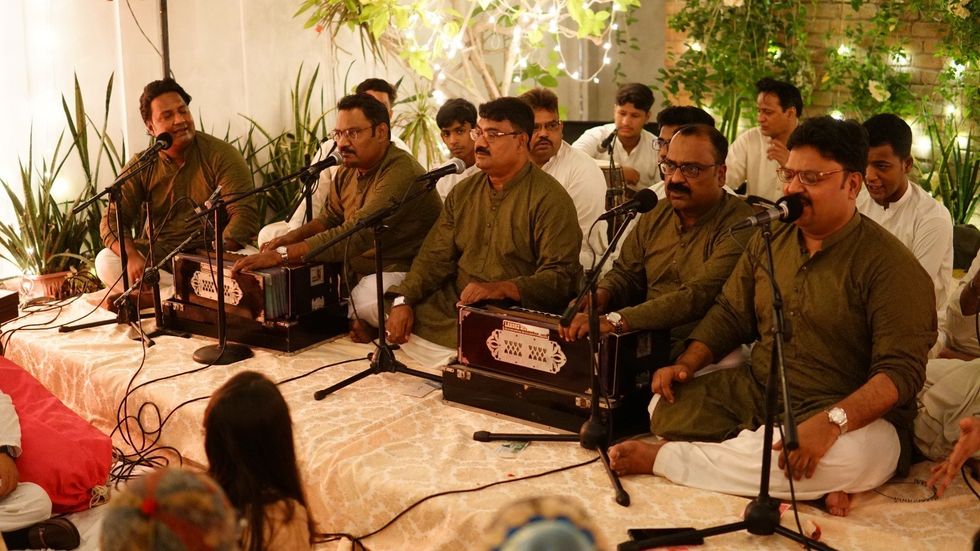 Them performing liveNajmuddin Saifuddin Qawwal Group
Them performing liveNajmuddin Saifuddin Qawwal Group